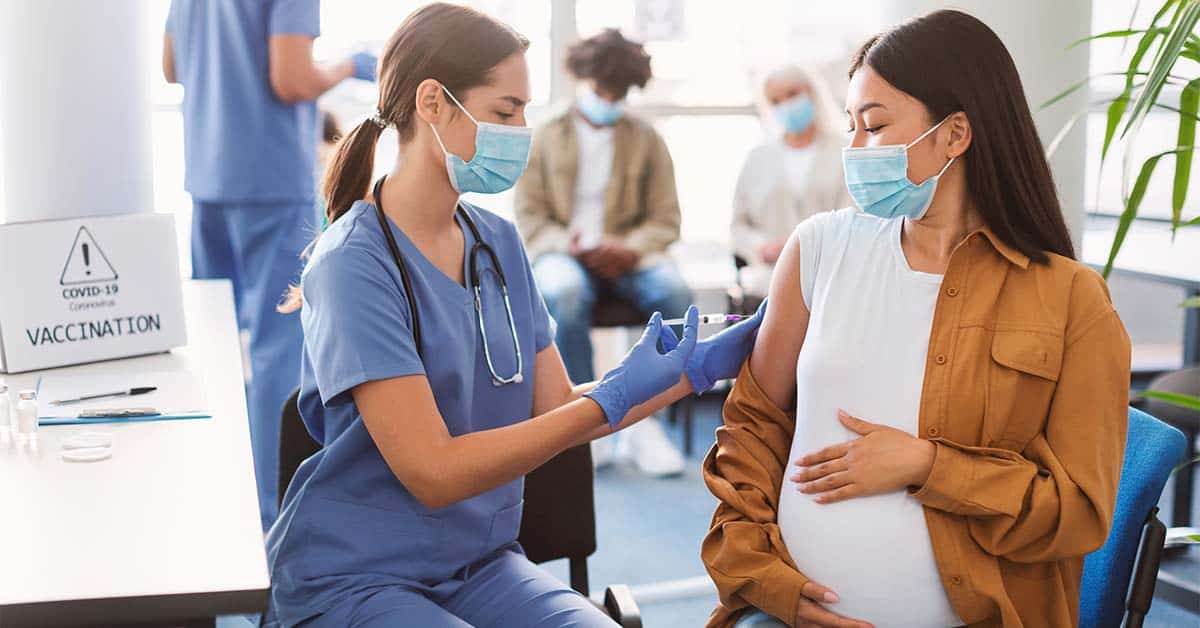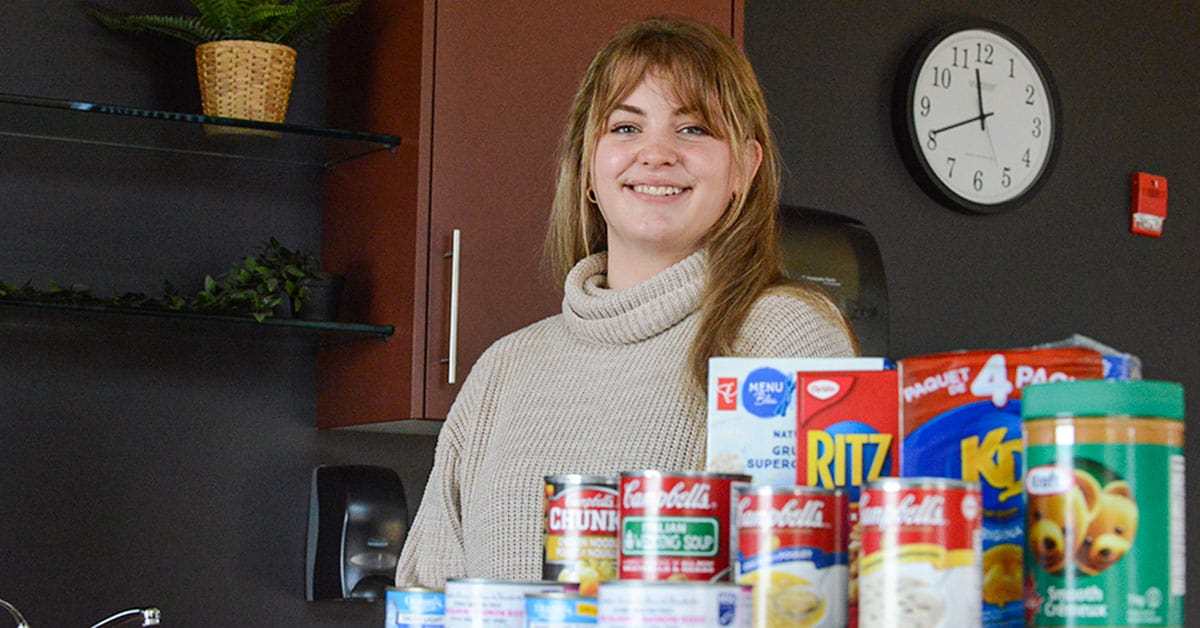And the winner is … Hawaiian pizza.
The pineapple-topped option edged out pepperoni by a margin of 20 to 18 in a mock vote in Woolwich that was something of a practice run for a new technology designed to make online voting more secure.
Using non-political questions, the online voting exercise was the work of Brock University political science professor Nicole Goodman. Students in her Canadian Politics in the Digital Age course were gauging the effectiveness of the verified voting system developed by Kitchener-based Neuvote.
Run in conjunction with the township, the exercise saw 98 people request access, with 70 actually casting votes. Along with the vote for “favourite pizza,” the trial election found regular crust to be the favourite crust option (28 votes, with thin crust next at 19), Pizza Hut to be the favourite pizza company (19 votes, with Pizza Pizza second with 14), and creamy garlic the favourite dipping sauce (34 votes, with “none” the runner-up with 20).
While the subject matter was lighthearted, the goal was to help improve online voting options for decidedly political purposes. The Neuvote technology allows for voters to essentially track their vote through the process, providing verification of the ballots they’ve cast. While Ontario municipalities have been using electronic voting since 2003 and the technology has been expanding, the new software takes security to a new level, said Goodman, who said she was pleased with this month’s voting exercise, even if more participants would have been nice.
“I think it went pretty well. Overall, I would have loved to have seen more people participate. I recognize it’s kind of hard to get the message out there and recruit participants,” she said. “But it does look like from just taking a cursory look at things that the people that did participate, most of them say that they might be more willing to trust types of internet voting that have these additional verification measures.”
Goodman said the more research, including perhaps additional mock votes, would be helpful in determining the best online voting options.
The initial feedback looks promising, agreed Woolwich clerk Jeff Smith, whose discussions with Goodman at a conference following the 2018 municipal led to the township being the subject of the first mock vote.
“She’s been doing a lot of really good work on internet voting and municipalities in Ontario. She has the Internet Voting Project, which has been really helpful for a lot of municipalities when they make their decision on voting methods,” said Smith.
“I’m also really interested to hear what the students think about it, because they’re going to provide more in-depth analysis,” he said of the mock vote that wrapped up October 17.
For the 2022 election, for instance, Smith has recommended to council that the township explore an internet voting option.
“Being part of this project with Brock means that we’ll get to look at that data fairly early on, and we can see if it is something that our electors want for 2022.”
Online voting is emerging has a go-to option when people are looking for alternatives to traditional paper ballots, Goodman said.
“As much as respondents might sort of doubt online voting in past surveys that I’ve done, there’s been a really clear message that online voting is actually the most trusted remote-voting method among respondents. That doesn’t include paper voting, but when being compared to voting by mail and voting by telephone,” she explained.
“All remote voting methods have risks, obviously. Any voting method has risks, but there’s a little bit more with remote, so I think adding additional verification options is just one more step that can prevent [risk]. It’s just one more security step that can give more assurance to election officials and to voters.”
While her students are reviewing the recent exercise, Goodman said she’d be happy to do more mock votes.
“If there’s a municipality that’s interested, I would love for them to reach out. I’d love to do a bit of a bigger scale kind of test vote, a non-political, non-binding vote to test the technology with more voters.”









